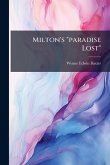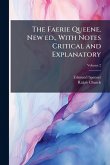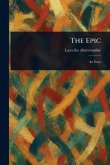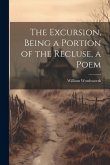This is a literary study focusing on the prosody of John Milton's "Paradise Regained" and "Samson Agonistes". As a supplement to earlier work on Milton's blank verse in "Paradise Lost", this analysis by Robert Seymour Bridges provides detailed insight into the rhythmic and metrical structures employed by Milton in his later works. It will be of significant interest to scholars and students of English literature, particularly those specializing in Milton's poetry and prosodic theory. Note: While the book metadata lists the language as Swedish, the title and subtitle are in English. Assuming the content is also in English, the description is provided in English. This work has been selected by scholars as being culturally important, and is part of the knowledge base of civilization as we know it. This work was reproduced from the original artifact, and remains as true to the original work as possible. Therefore, you will see the original copyright references, library stamps (as most of these works have been housed in our most important libraries around the world), and other notations in the work. This work is in the public domain in the United States of America, and possibly other nations. Within the United States, you may freely copy and distribute this work, as no entity (individual or corporate) has a copyright on the body of the work. As a reproduction of a historical artifact, this work may contain missing or blurred pages, poor pictures, errant marks, etc. Scholars believe, and we concur, that this work is important enough to be preserved, reproduced, and made generally available to the public. We appreciate your support of the preservation process, and thank you for being an important part of keeping this knowledge alive and relevant.
Bitte wählen Sie Ihr Anliegen aus.
Rechnungen
Retourenschein anfordern
Bestellstatus
Storno








